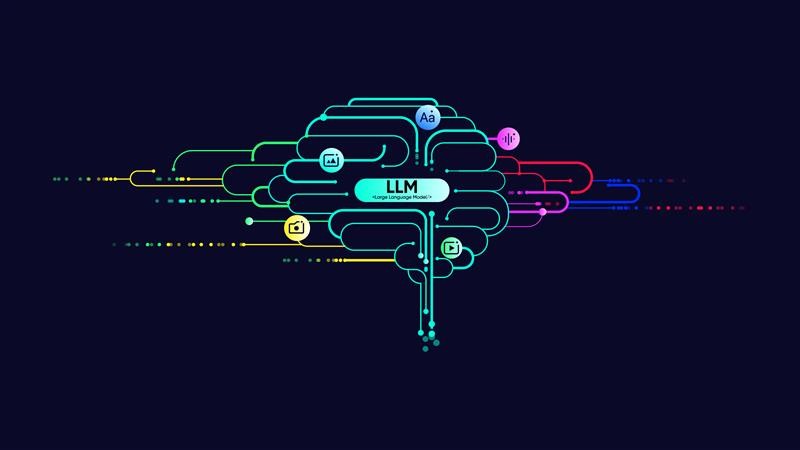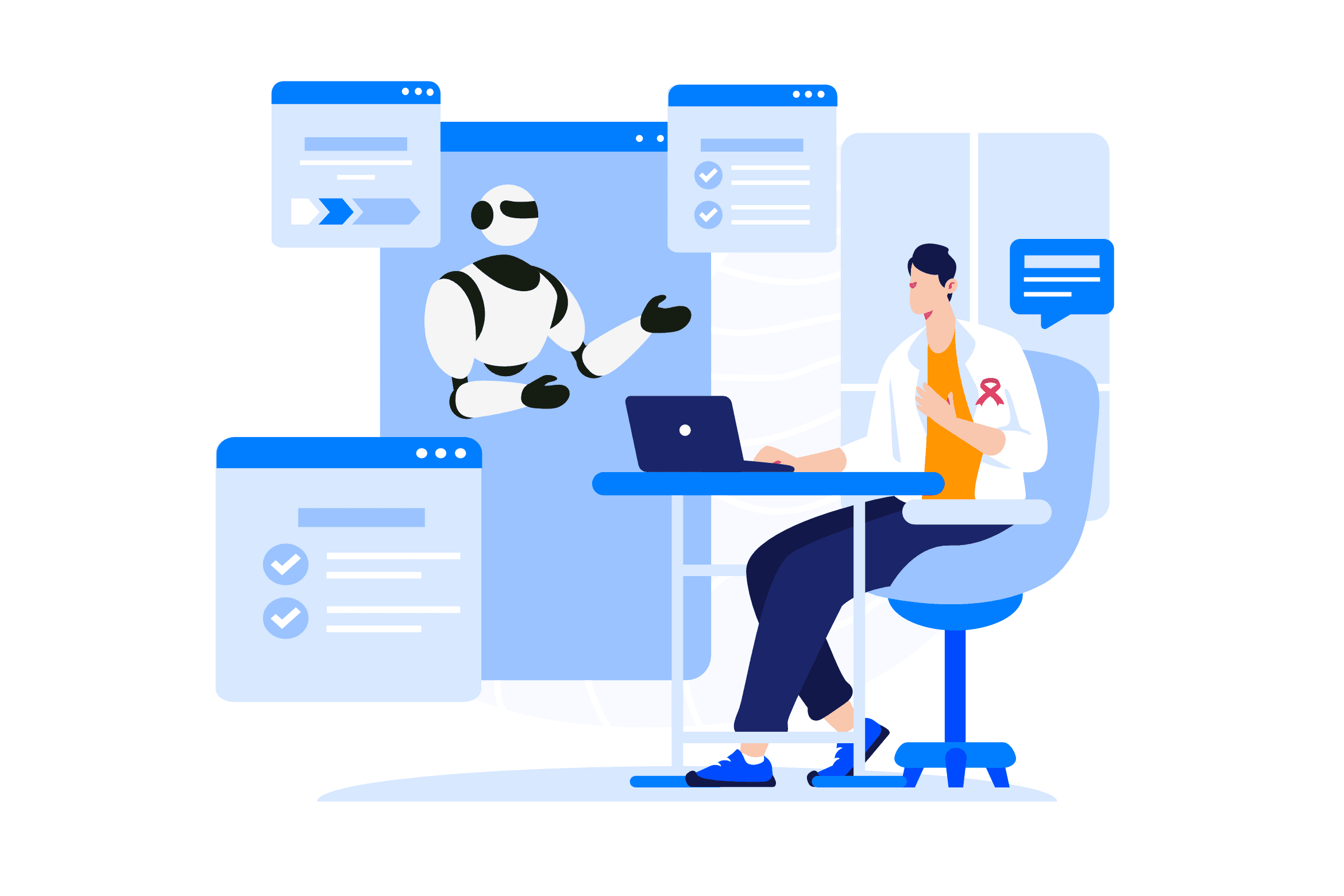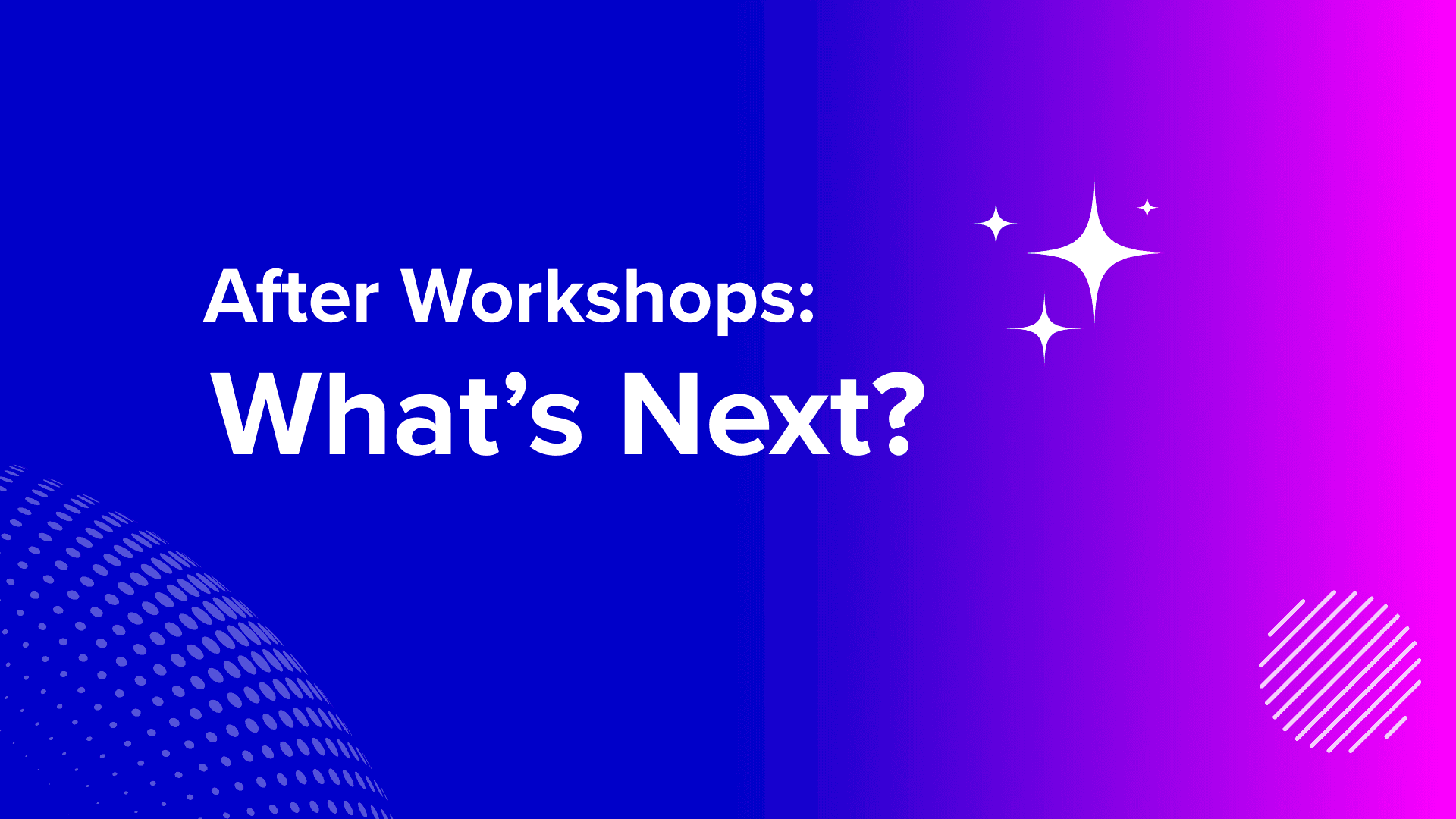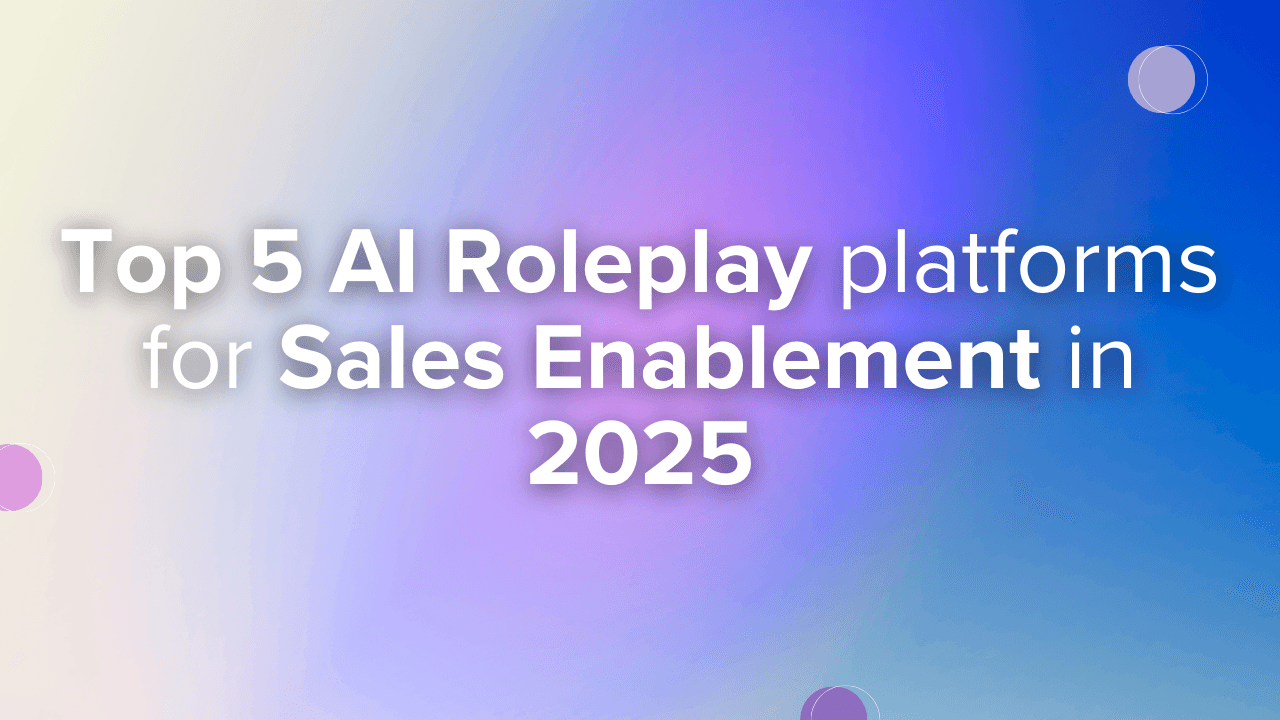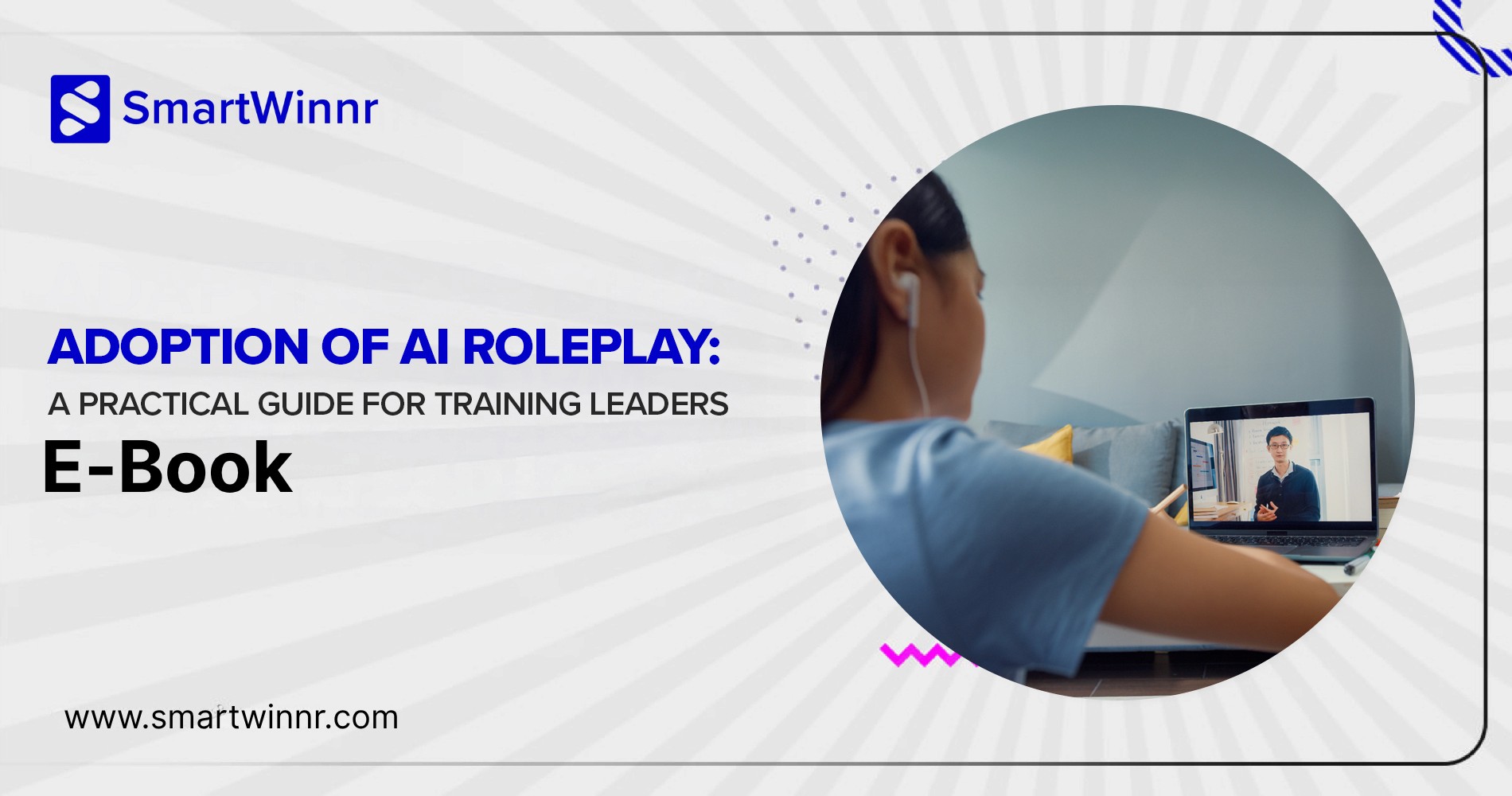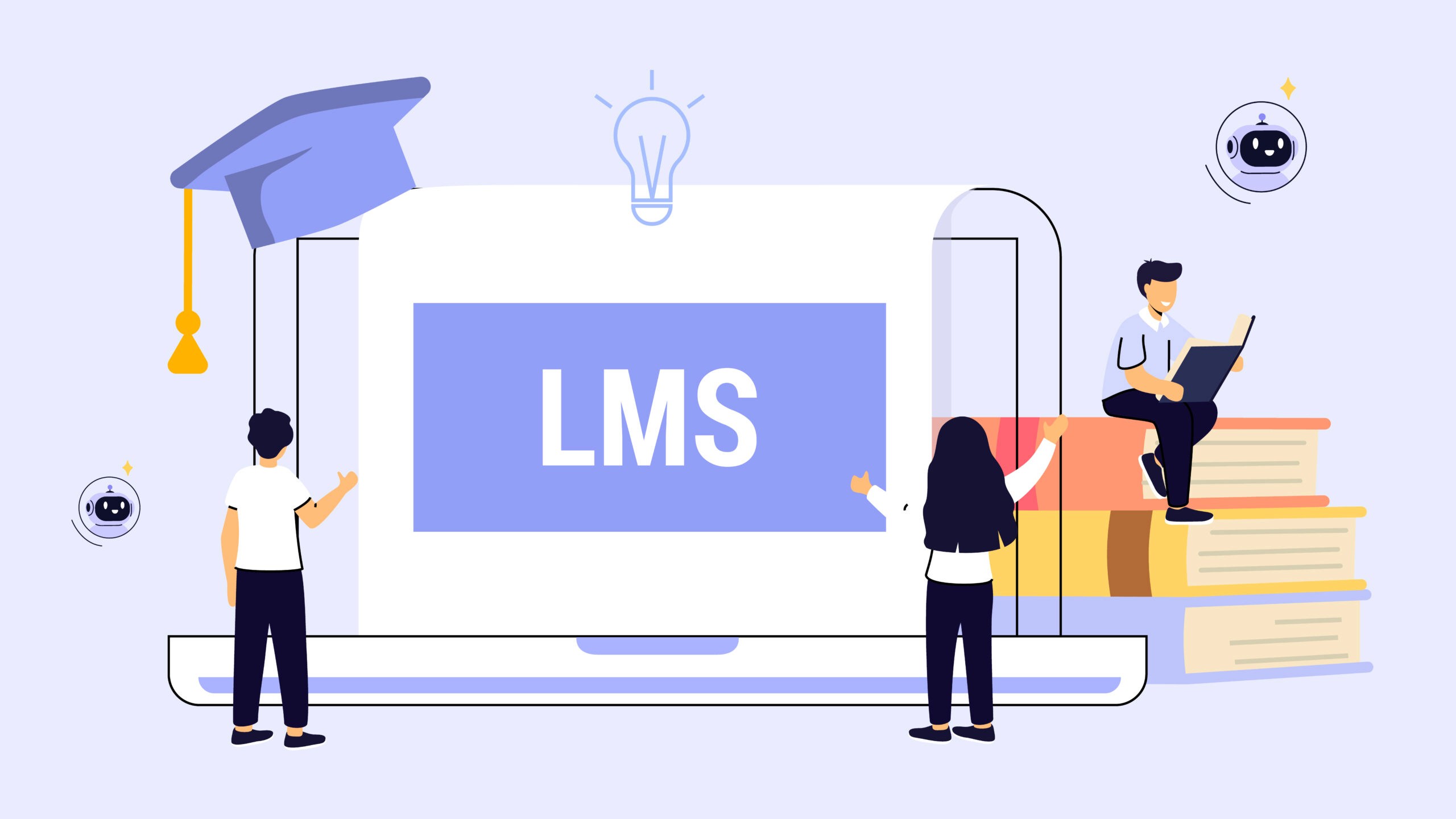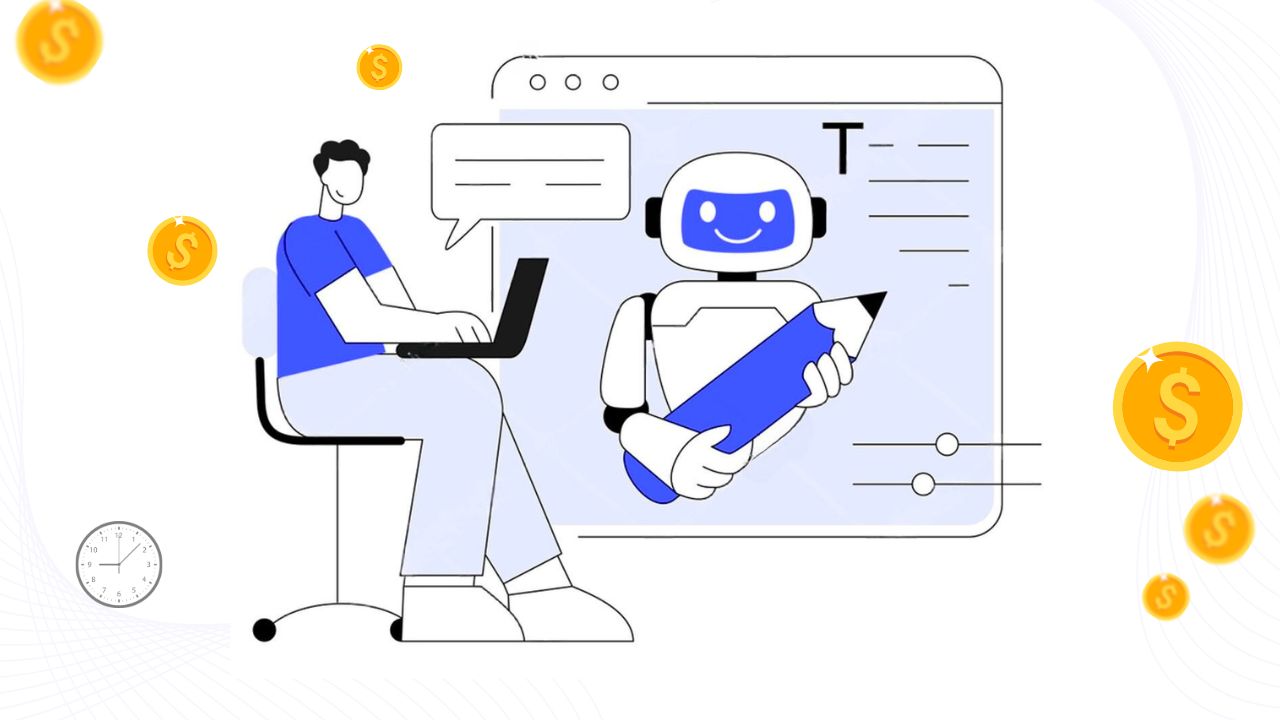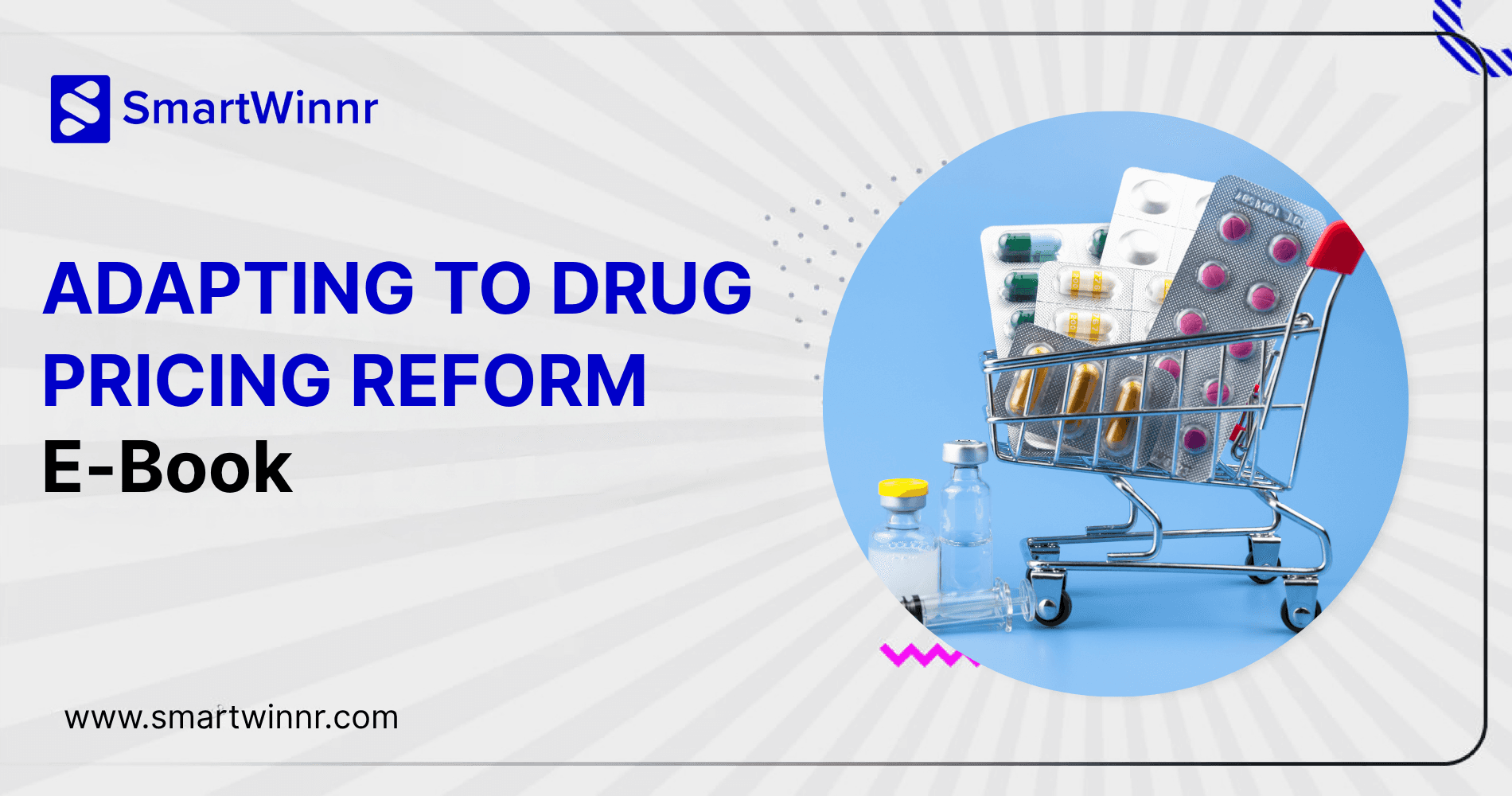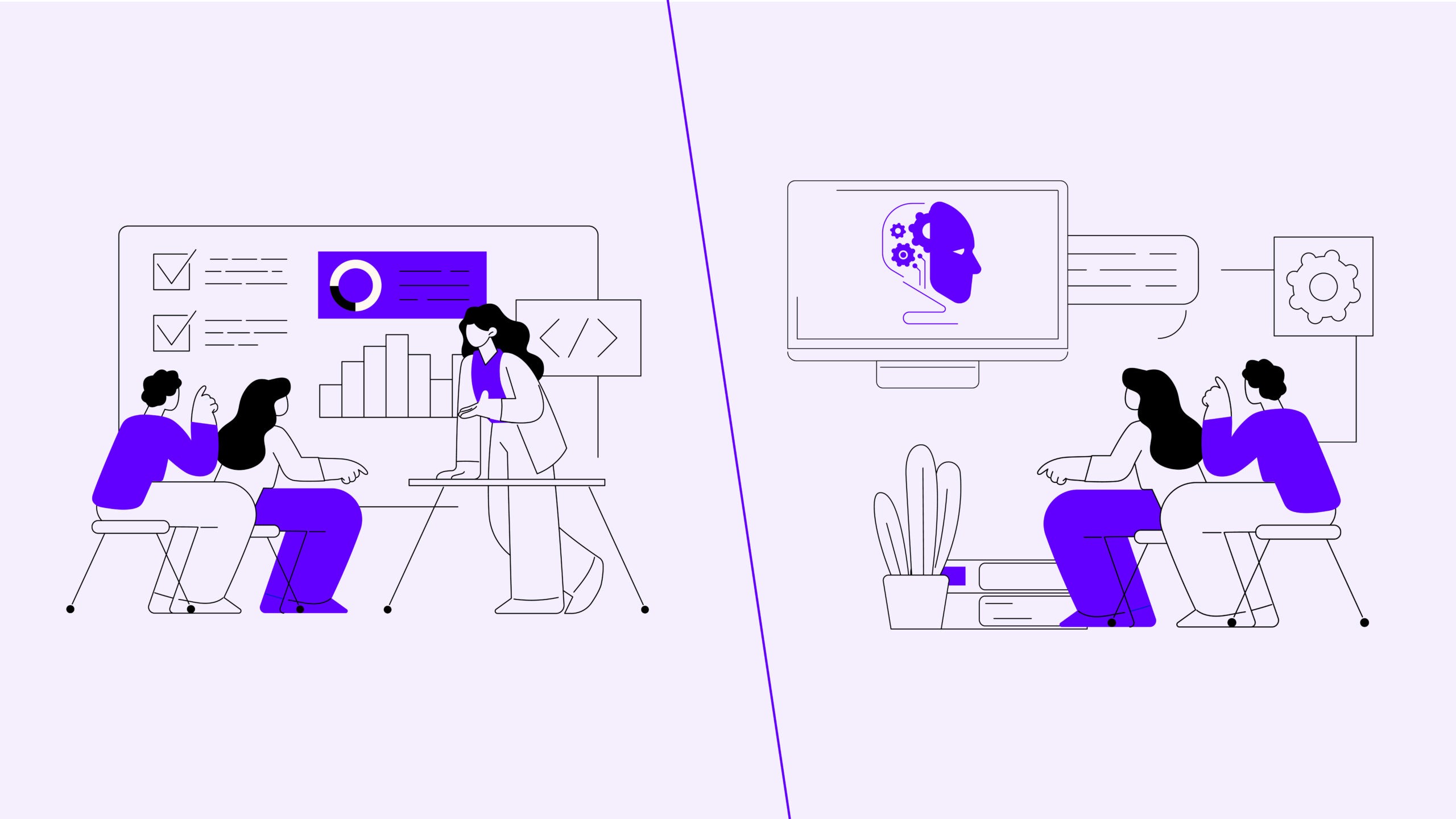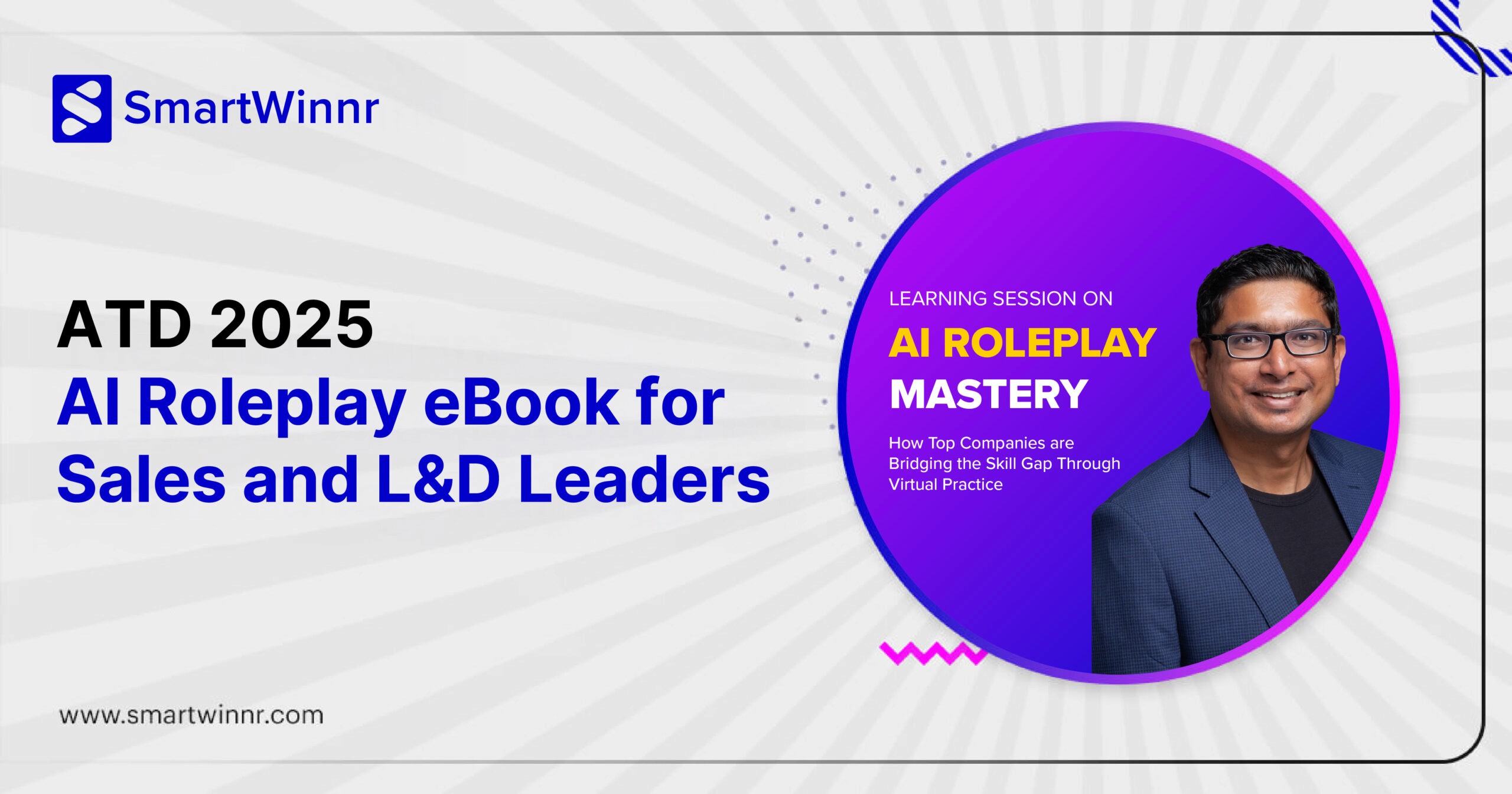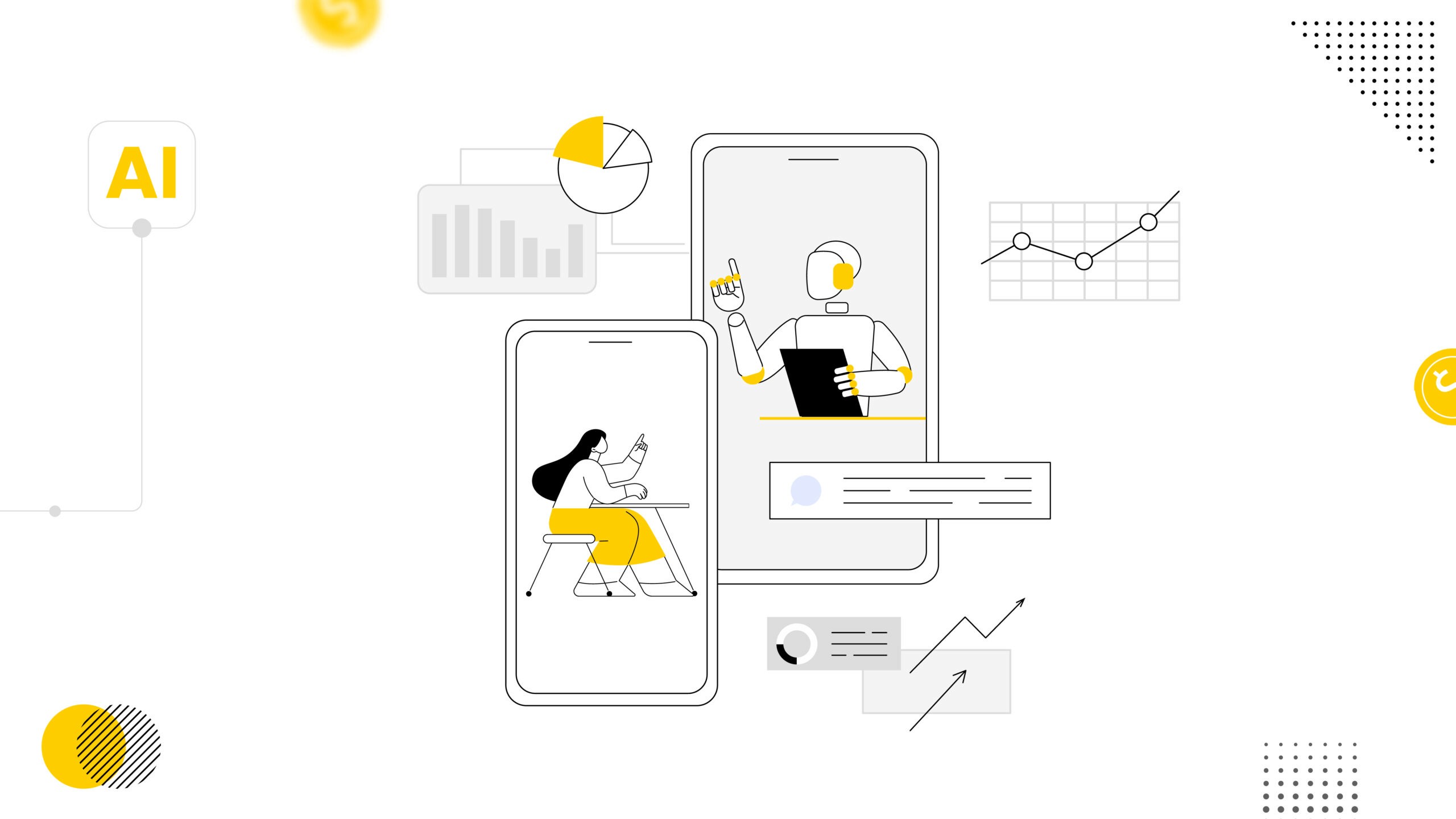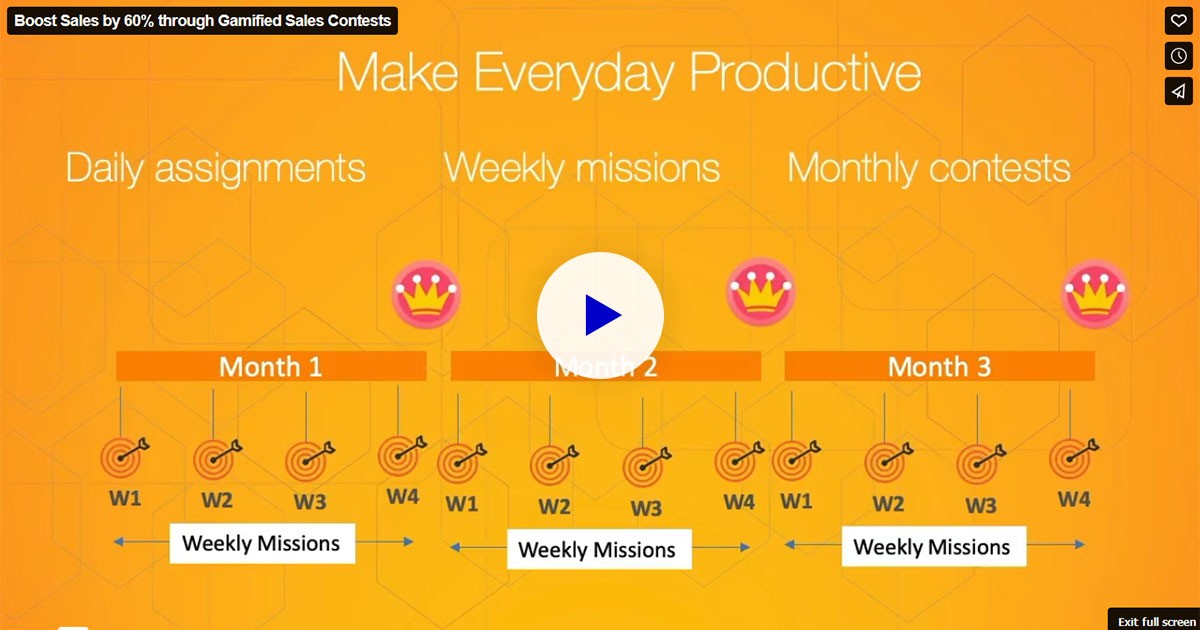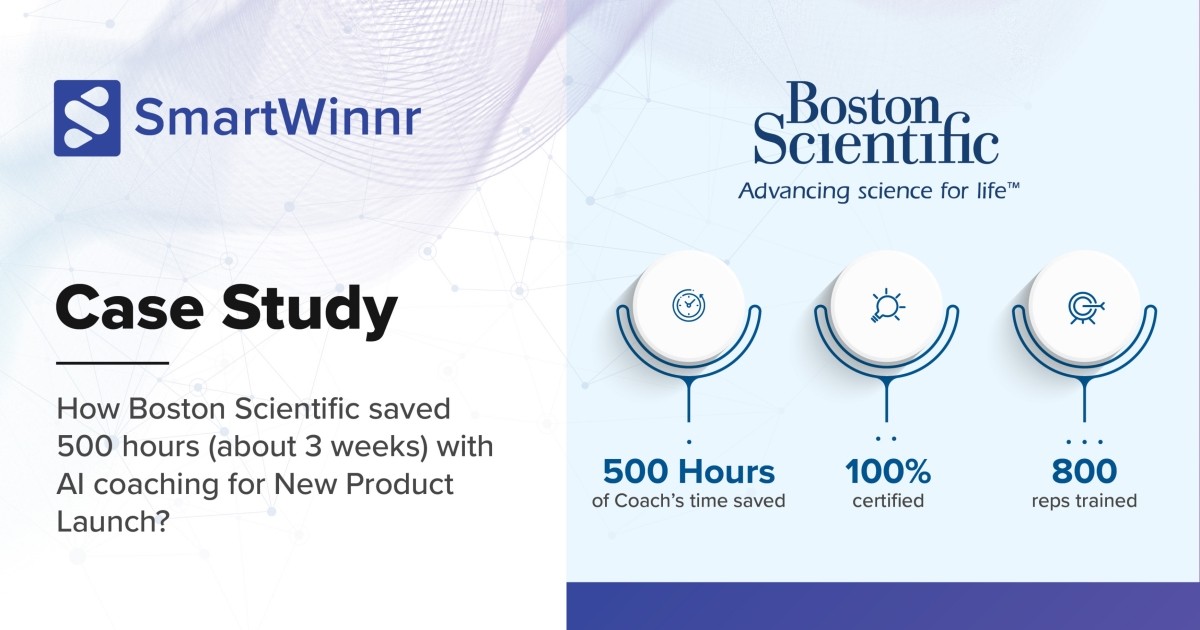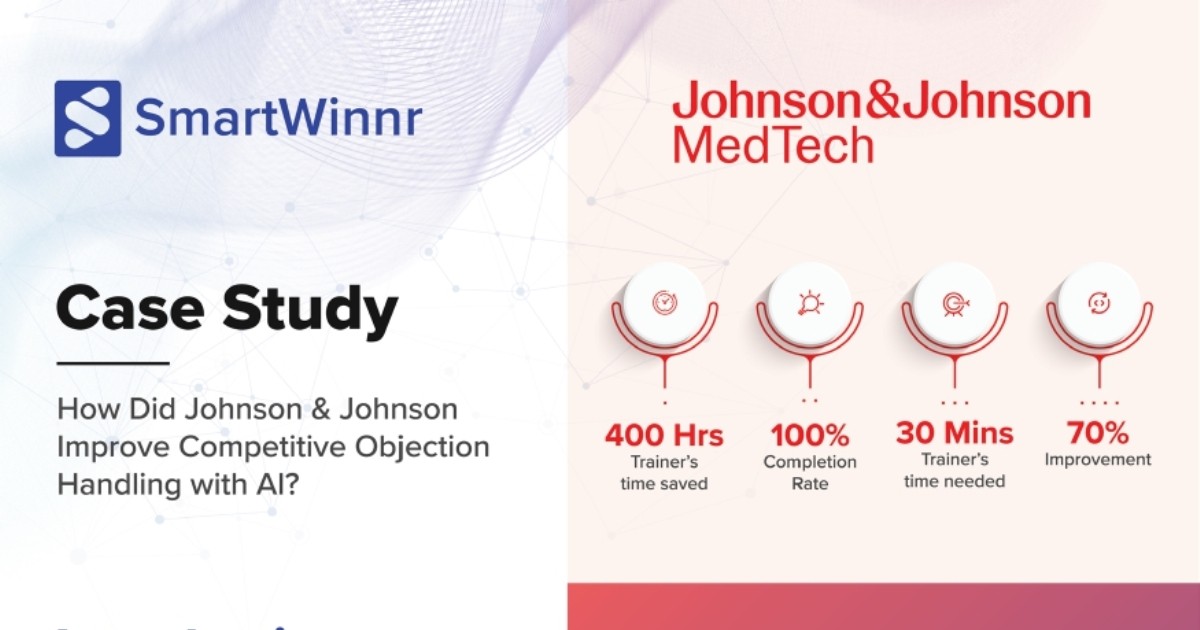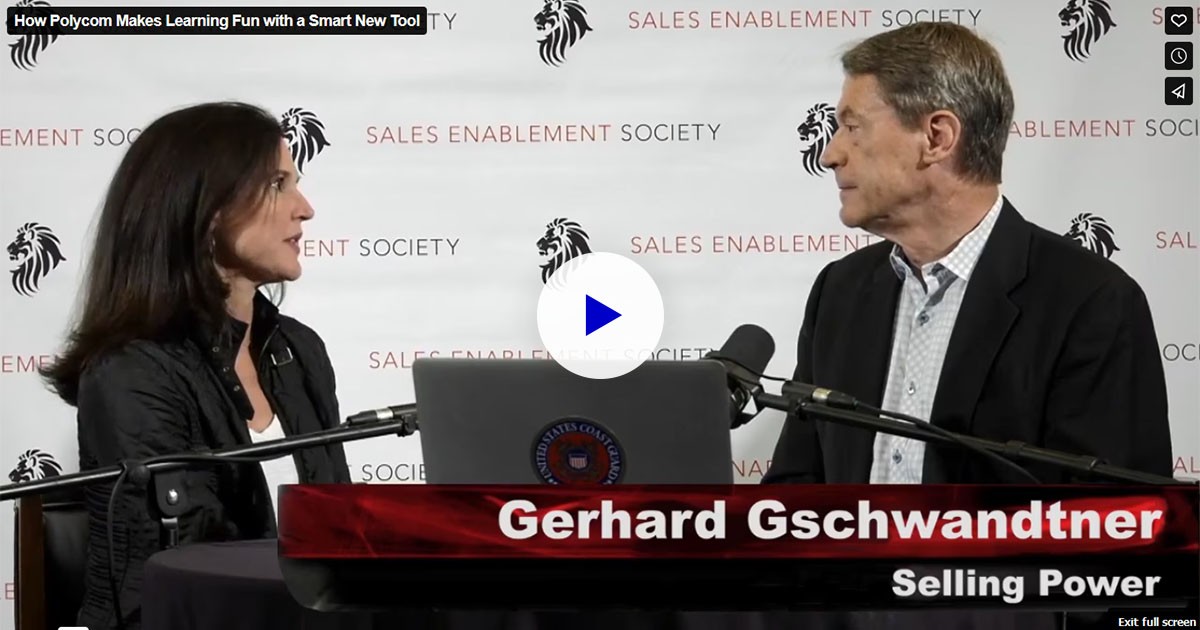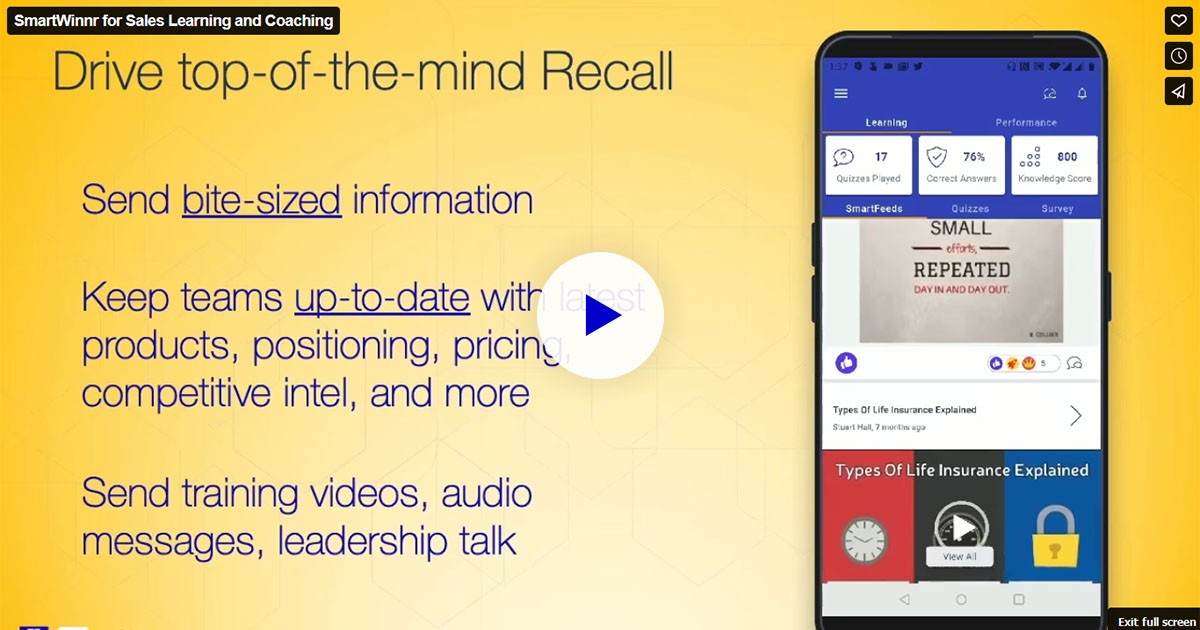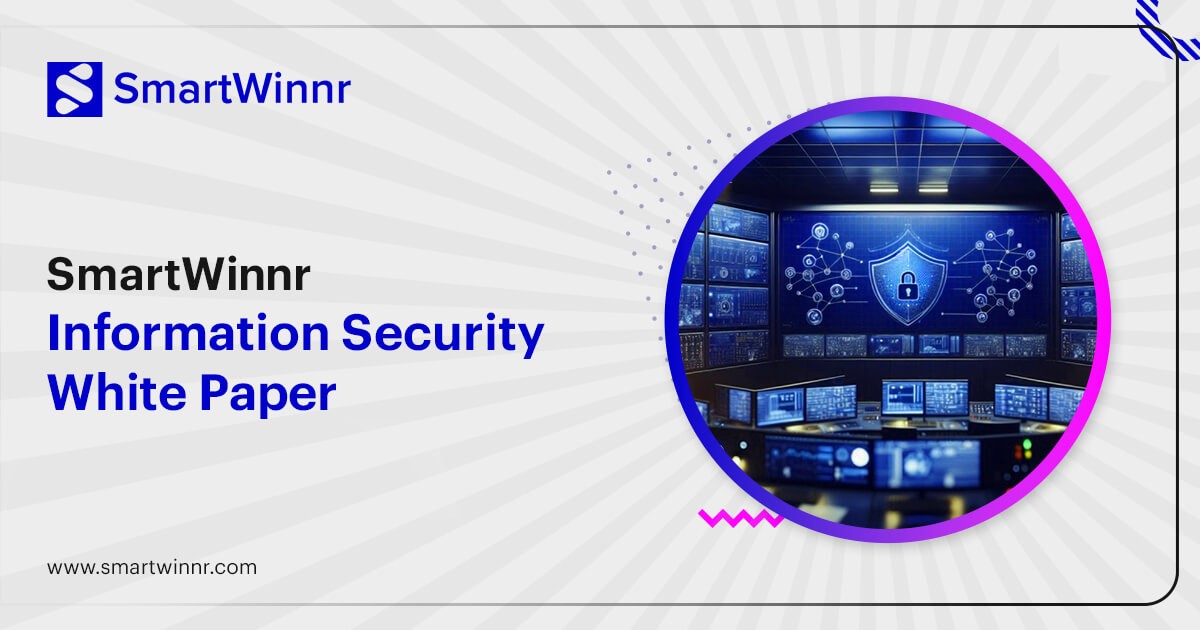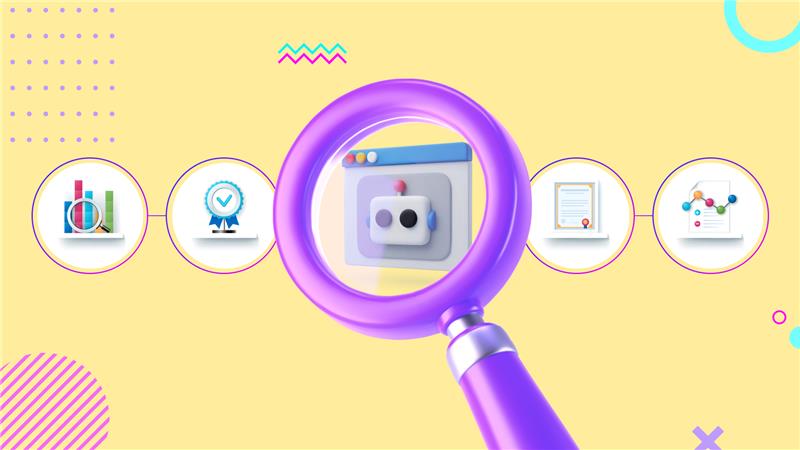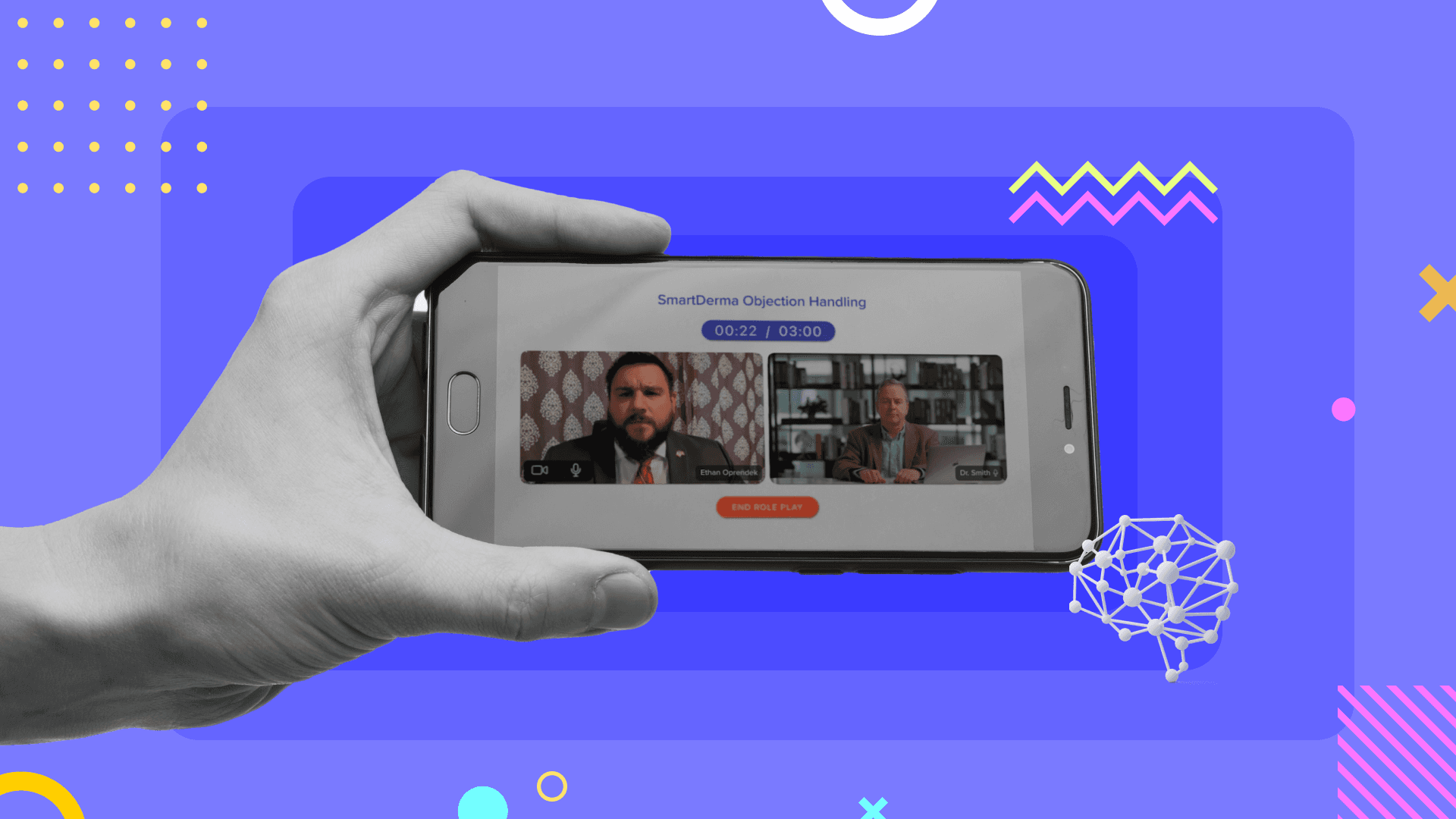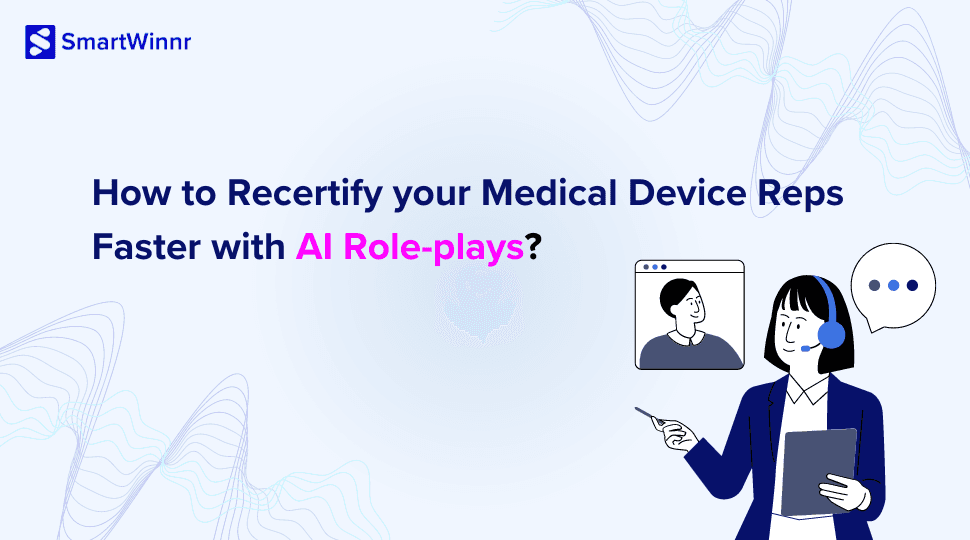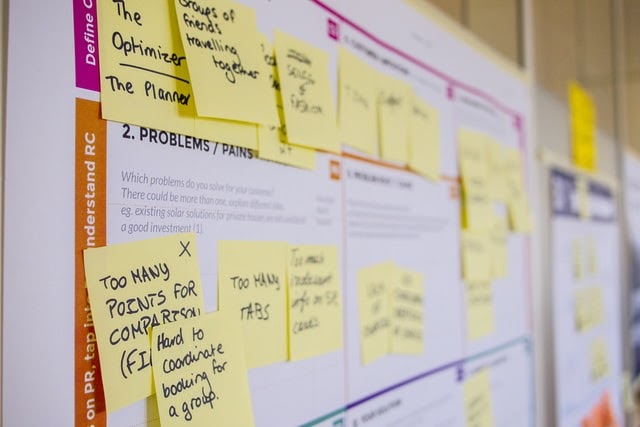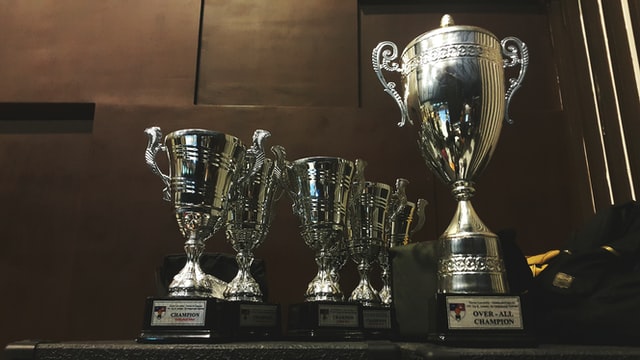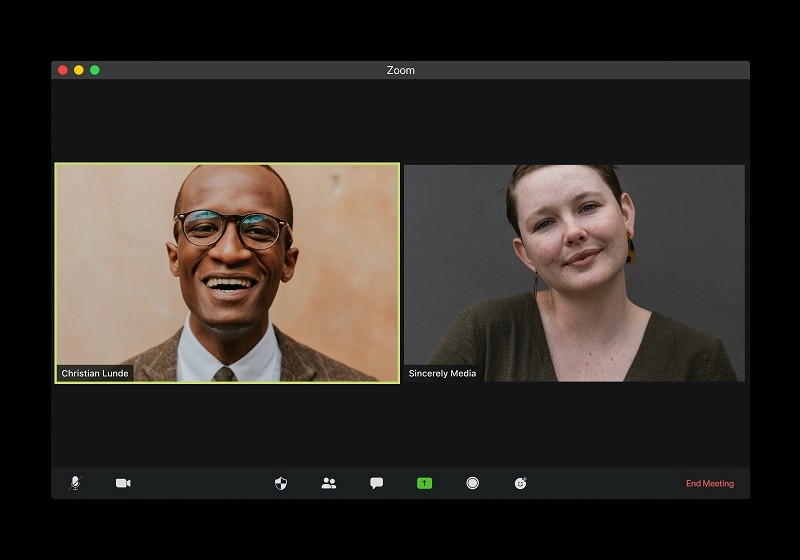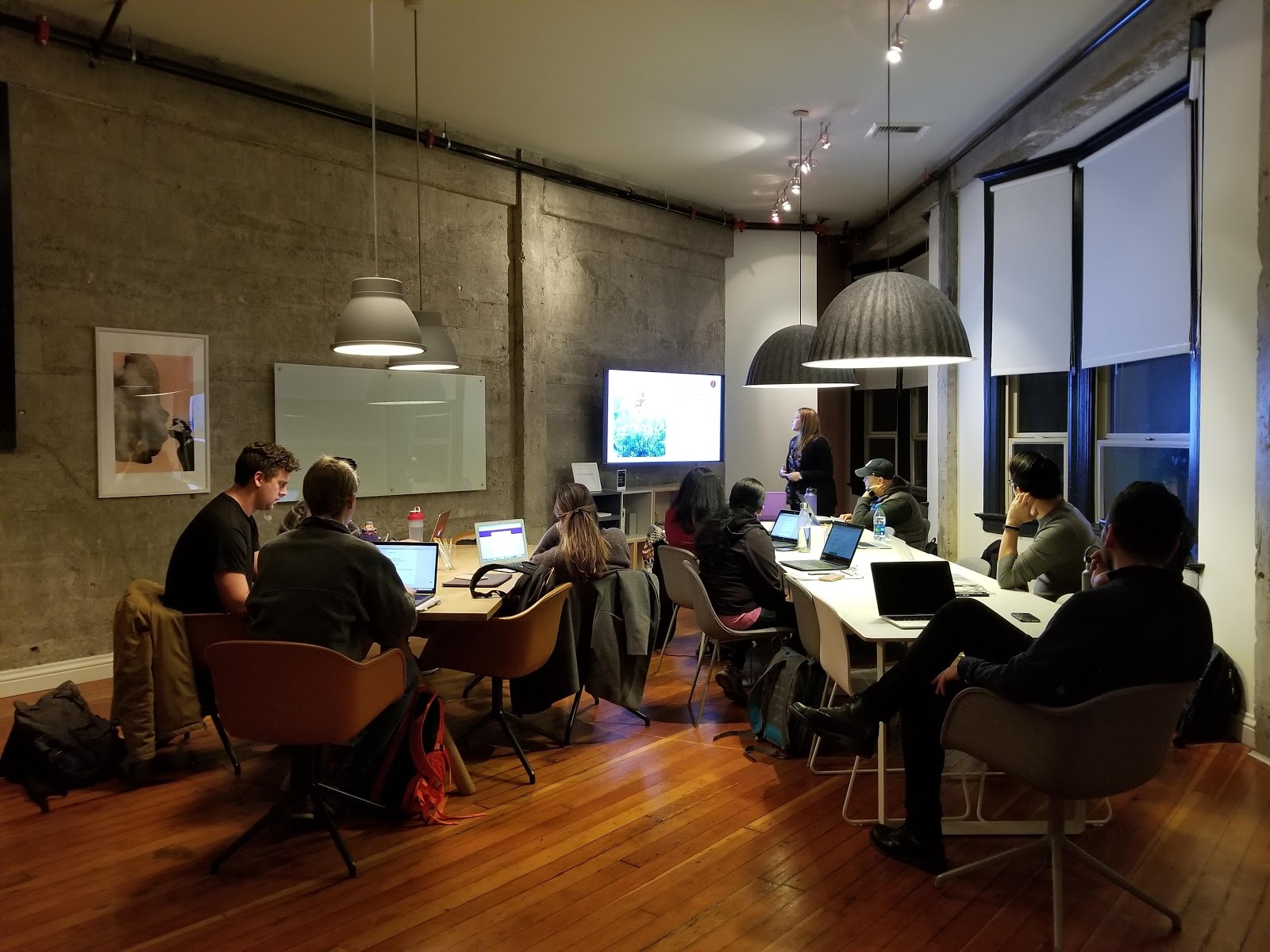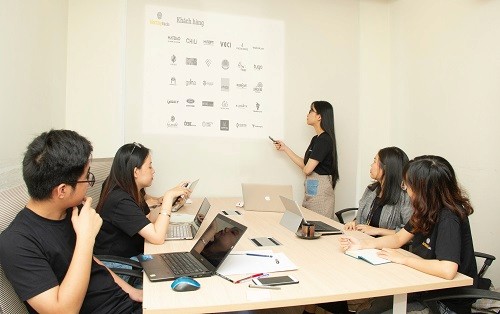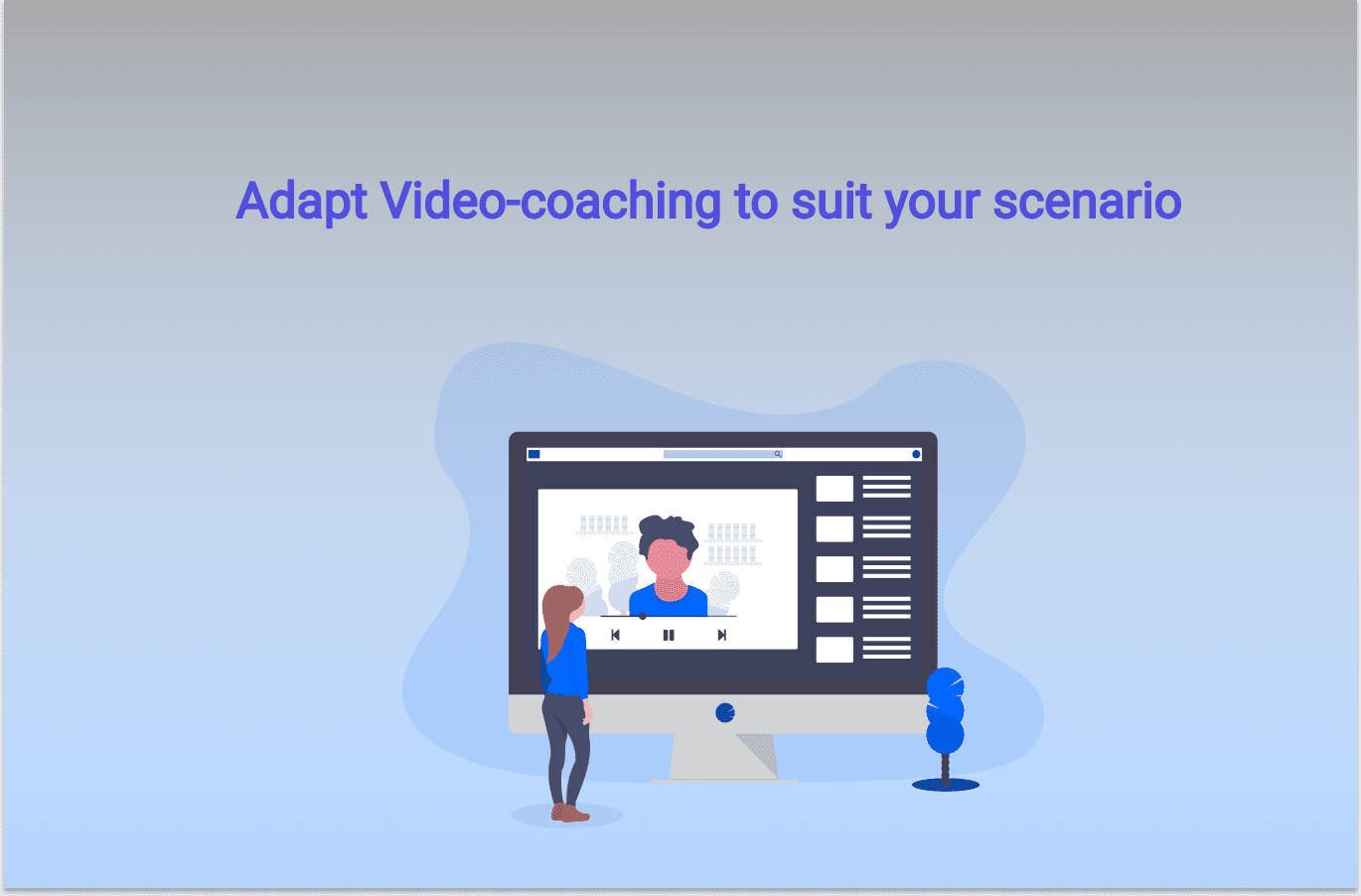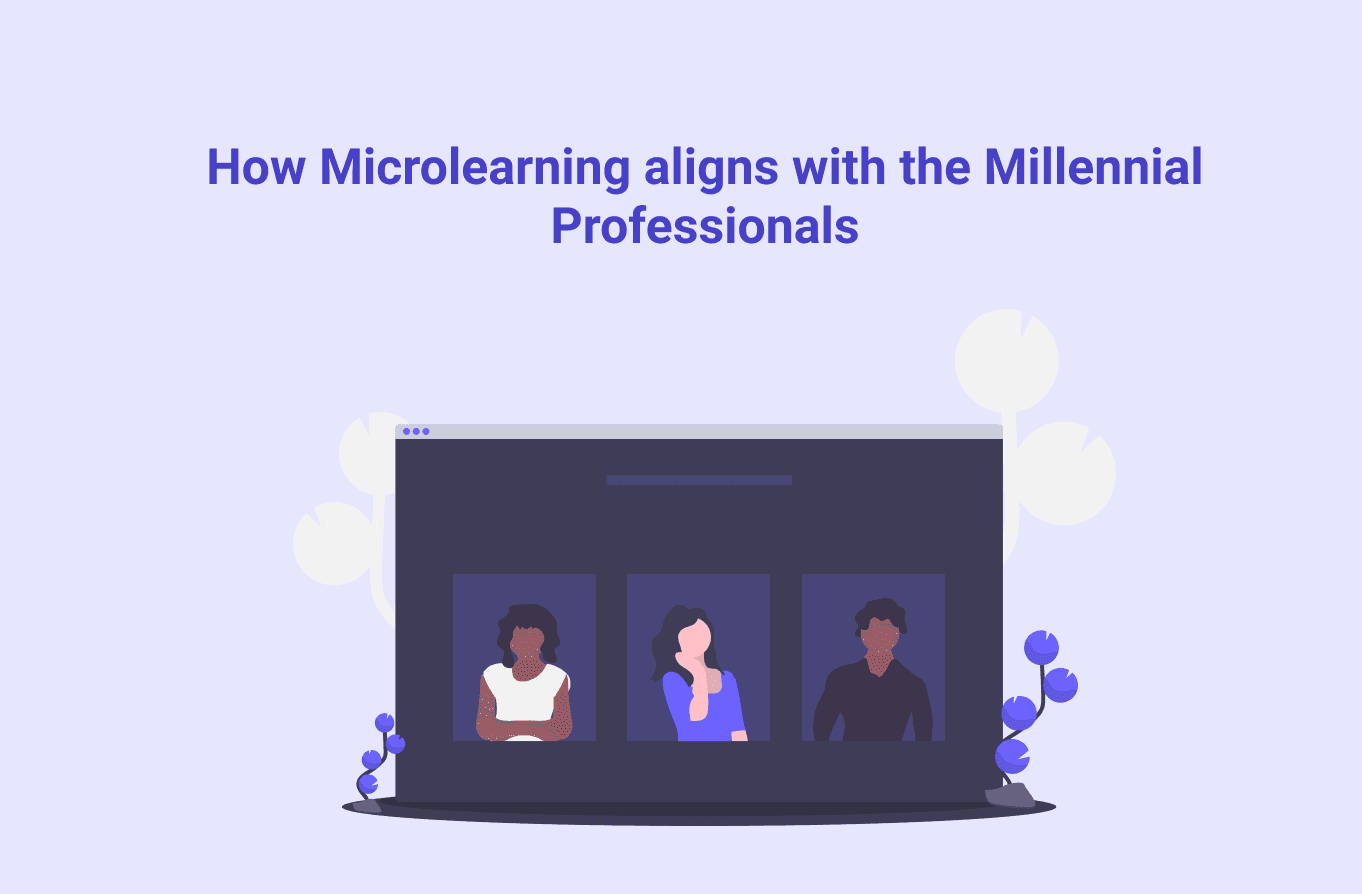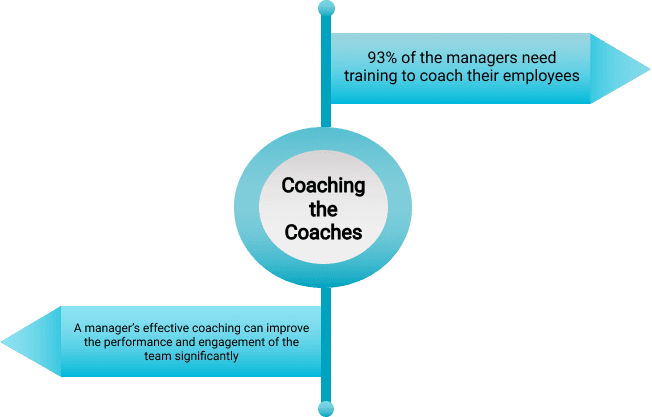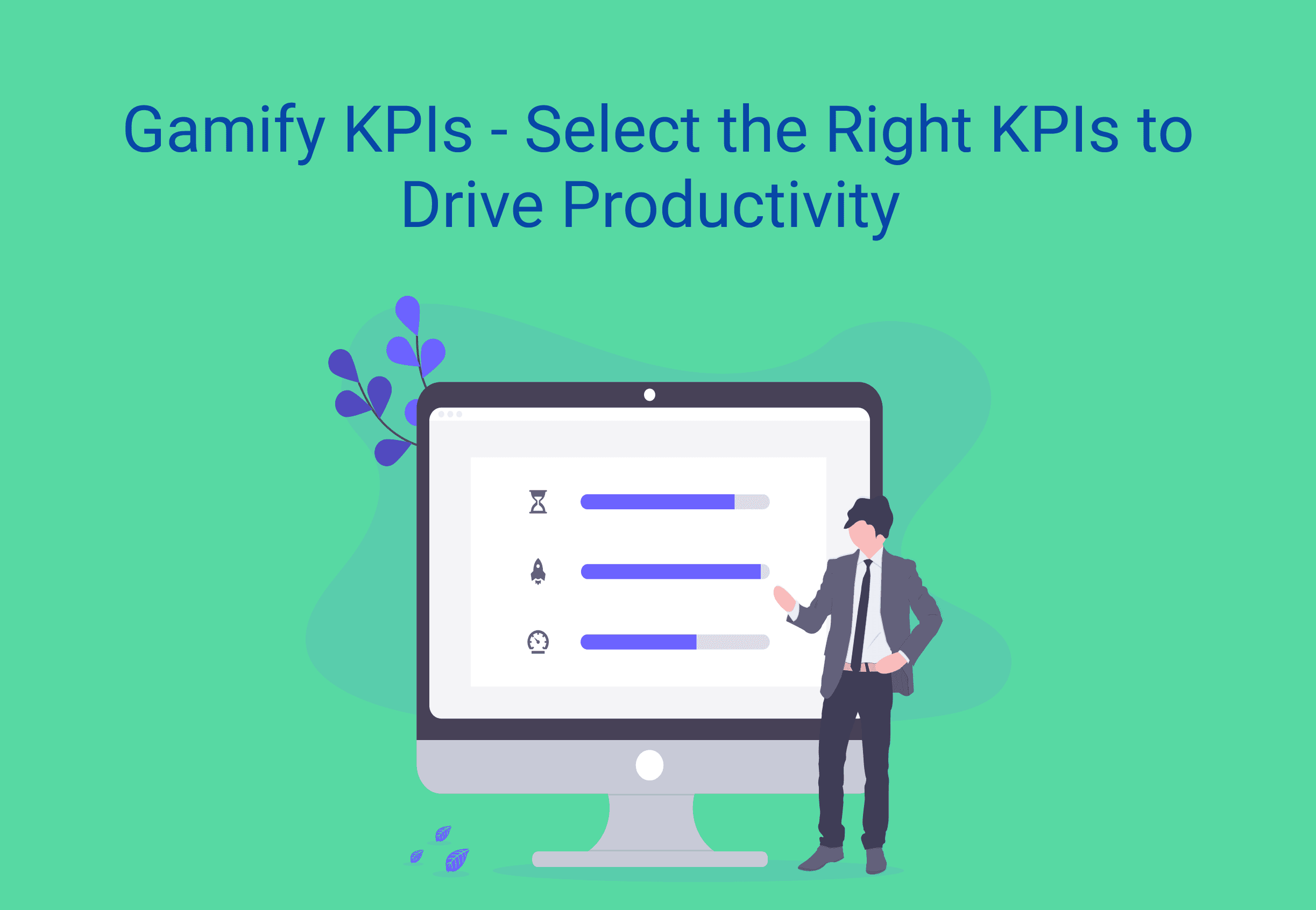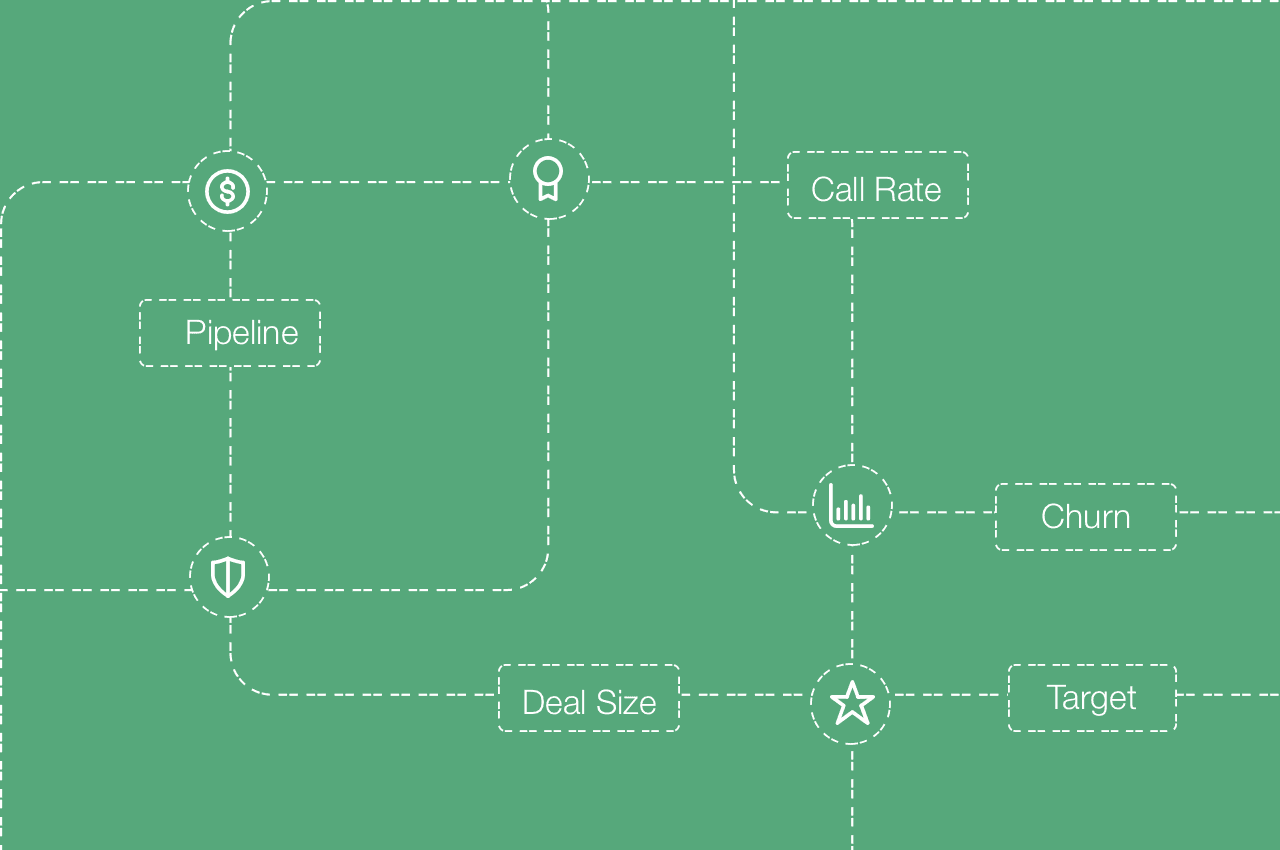If you lead sales enablement for an enterprise with 5,000+ representatives in pharmaceuticals, life sciences, medical devices, insurance, or banking, you’re responsible for equipping teams to succeed in the most demanding environments. Your reps handle high-stakes conversations about complex, regulated products, often across multiple regions, languages, and compliance frameworks. You manage the systems, training, and strategies that keep them sharp in the face of constant change. And if you are still following those same traditional workshops and roleplays, then it’s time to look for more scalable and effective alternatives like AI roleplays. The problem with traditional training sessions, workshops, and roleplays is:
→They are one-size-fits-all deliveries, and a single workshop can’t address the nuances of every product, market, or regulatory variation.
→Skills decay fast; what’s practiced once in a quarterly session is forgotten in weeks.
→Roleplays demand constant scheduling, observation, and feedback, pulling leaders away from revenue-driving work.
→You get subjective impressions, not objective data on readiness or performance gaps.
→Human Behaviors: Favoritism, when trainees are placed with each other for a one-on-one sales pitch, they often go off topic, and so much more that you, as a trainer, know.
Unlike traditional methods, AI roleplays for sales bring scale, consistency, and measurable improvement without burning out managers.
Key Takeaways
→AI roleplays for sales are the fastest path to consistent, scalable practice across global teams.
→LLM avatars adapt to the rep, simulate realistic objections, and enforce your standards through weighted rubrics.
→Real-time suggestions, transcripts, analytics, and exemplary videos shorten the path from practice to proficiency.
→Consistent grading and audit trails protect regulated industries while speeding readiness.
→SmartWinnr scales to huge teams with 20+ languages and screen-share-aware roleplays.
What is AI roleplay for sales reps?
AI roleplays are simulated customer conversations powered by LLM avatars. Reps hone their skills in discovery, demos, objection handling, and compliance by engaging with a lifelike, adaptive partner that listens, challenges, and digs deeper—mirroring the behavior of a real buyer or HCP. Each session is scored against objective criteria, so coaching is consistent across regions and managers.
Traditional practice is limited by time and human variability. AI roleplays remove those bottlenecks, standardize expectations, and deliver immediate, structured feedback at scale.
Why do AI roleplays matter in 2025?
Two pressures define enterprise selling today: complexity and speed. New product launches, evolving regulations, and cross-functional stakeholders make conversations harder. Meanwhile, frontline managers have less time than ever to coach.
AI roleplays compress the practice loop from weeks to minutes. Reps can rehearse key scenarios on demand, get specific guidance, and return to the field better prepared. Leaders get a reliable picture of proficiency by role, region, and skill, so enablement plans target the real gaps, not the loudest opinions.
How do LLMs simulate real objections and nuance?
Roleplay LLMs interpret context, intent, and tone, then generate relevant questions and objections in real-time. If a rep explains value at a high level, the avatar presses for business impact. If a clinical claim is vague, it asks for label fidelity. If a disclosure is missed, it flags the omission. Difficulty adapts as the conversation progresses, so reps are neither overprotected nor overwhelmed.
With SmartWinnr, you define evaluation criteria and weightings upfront. The avatar uses those parameters to guide conversations and score performance.
A few yes and no with SmartWinn’r AI roleplay for pharma, no lags, no speaking over the user, no build your scenario. Yes, to features like sharing your screen with the avatar so it can ask you questions based on what it sees, suggestions appear in real-time to the user, and so much more.
Simulation types: which scenarios deliver the biggest gains?
Build a set of scenarios that align closely with each stage of your sales process:
→Discovery calls: Stakeholder mapping, needs, and qualification depth.
→Objection handling: Price, timing, clinical evidence, procurement, or competitor claims.
→Demo narration and screen-share: Avatar reacts to the content you present in real time.
→Clinical/HCP conversations: Indications, contraindications, and evidence hierarchies.
→Compliance scripts: Required disclosures, risk language, and jurisdictional nuances.
→Renewal/expansion: Value recap, impact proof, cross-sell sequencing.
→Crisis handling: Adverse events, complaints, or sensitive incident resolution.
Pro tip: Start with the scenarios most closely tied to revenue or risk. Add complexity and variants as adoption grows.
The anatomy of a great AI roleplay program
Every effective program rests on four pillars:
Scenarios – Written around moments that matter in a customer’s journey with you, launch narratives, new packaging, updated label, KYC refresh.
Rubrics – Explicit criteria with weights for hard and soft skills. Define thresholds for pass, remediation, and excellence.
Cadence – Weekly micro-practice for core flows; quarterly recertification for regulated or high-risk motions.
Analytics – Proficiency trends, time-to-certification, and miss patterns that inform coaching and content updates.
Lock these in, and you’ll avoid random acts of roleplay.
A practical scoring rubric you can start with
Use this as a template and adjust weights by role and region.
Skill Area | What “Good” Looks Like | Weight |
|---|---|---|
Opening & Credibility | Clear agenda; context; confidence; relevant proof points | 10% |
Discovery Depth | Probes, clarifies, maps stakeholders, uncovers constraints | 20% |
Clinical/Regulatory Accuracy | Label fidelity; balanced evidence; compliant phrasing | 15% |
Value Articulation | Links features to outcomes, economics, and risk reduction | 15% |
Objection Handling | Acknowledges, reframes, resolves with proof | 15% |
Call Control & Next Steps | Time management, clear commitments, follow-up | 10% |
Empathy, Listening, and Tone | Active listening; empathy; professional tone | 10% |
Mandatory Disclosures/Compliance | Required statements delivered accurately and on time | 5% |
Set thresholds for “Ready”, “Needs Coaching”, and “Critical Miss”. Make the thresholds visible to reps and managers so expectations are shared, and trust is high.
What does an AI roleplay session look like from end to end?
A typical SmartWinnr session follows a repeatable path:
Scenario selection – The rep picks a required scenario from the backlog.
Criteria alignment – The platform applies your weighted rubric and passes thresholds.
Live conversation – The LLM avatar asks relevant questions, raises objections, and escalates when needed.
Real-time suggestions – Learners see targeted nudges during the call to improve responses in the moment.
Automatic transcripts – The session is recorded and transcribed for search and review.
Analytics and AI score – Post call, the trainee’s hard and soft skills are scored based on best practices; the weighted score given to the AI is scored, and various keywords covered in the session & content adherence are displayed.
Benchmark videos – Top peer examples of best AI-scored recordings appear alongside the dashboard for rapid modeling.
Manager workflow – Leaders see dashboards by team and region, then assign targeted remediation or certification.
How do AI roleplays improve performance in the field?
Improvement comes from shorter feedback loops, consistent standards, and deliberate practice. Reps internalize messaging faster because they face realistic pushback and must support claims with evidence. Managers spend less time repeating foundational coaching and more time tackling edge cases. In regulated industries, consistent grading and clear audit trails reduce compliance surprises. Teams report stronger, more confident conversations and faster readiness during launches, because practice is now continuous, not episodic.
Enterprise requirements: scale, reliability, and governance
When you have thousands of reps across countries, the platform must be boringly reliable and governed by design:
→Consistent grading: Your rubric drives every score, so results don’t change when managers change.
→Multilingual support: SmartWinnr’s platform supports 20+ languages and also handles various English accents properly.
→Screen-share intelligence: The avatar questions the actual content the rep presents, not a script in isolation.
→Auditability: Session records, scores, and rubrics live in one place for compliance reviews.
→Role-based access: Regions see their data; global leaders see the roll-up.
→Scalability: Concurrent usage without performance dips, even during global programs or launch surges.
What analytics should leaders expect (and use)?
From experience in the market, you don’t need more charts, dashboards; you need thorough answers that help you take action:
→Proficiency by skill, role, and region to target coaching where it matters.
→Time-to-certification and attempts per scenario to spot friction.
→Pattern analysis on misses to refine messaging, objection handling, or compliance training.
→Post-coaching lift to prove which interventions work.
→Content coverage via keyword detection to verify that critical messages land.
→Leaderboards and exemplars to keep motivation high without turning everything into a game.
Use these insights in QBRs to plan enablement sprints that align with pipeline risk and product updates.
Scenarios that feel real: How to design? (and stay compliant):
Start by interviewing top performers and frontline managers. Extract the moments that consistently change deal outcomes: a skeptical HCP, a procurement squeeze, an AML red flag, a safety warning, a documentation gap. Turn those into compact, high-leverage scenarios. Thread in region-specific terms and constraints so the avatar can press for details that matter.
For regulated conversations, treat the rubric as a contract. Define required statements, evidence standards, and disallowed phrasing. SmartWinnr’s consistent grading ensures those standards are applied the same way everywhere, so certification means the same thing in New Jersey and New Delhi.
2025 buyer realities: what your program must accommodate
→Faster change cycles: Labels, policies, disclosures, and pricing evolve quickly. Make scenario updates easy to push globally.
→Various meeting options: Two-way AI Roleplay - Reps switch between voice, video, and screen-share, and more. Your avatar should handle all this.
→Data-driven management: Managers need proof, not anecdotes. Scores, trends, and clips should be one click away.
→Localization: Language matters, but so does context. A great “US” scenario may fail in EMEA without regional nuance.
AI roleplay platforms in 2025: What to expect?
Choose platforms that excel in realism, governance, and scale:
→Natural, adaptive avatars that challenge reps without derailing them.
→Weighted criteria engines with visible thresholds and objective pass/fail gates.
→Real-time coaching suggestions during practice to reinforce learning in the moment.
→Automatic transcripts, searchable by topic or keyword.
→Deep analytics with exports and role-based dashboards.
→Benchmarking videos surfaced alongside scores.
→Screen-share aware conversations for demo and clinical content reviews.
→20+ languages and robust accent tolerance.
→Strong admin controls, audit trails, and data security.
SmartWinnr checks these boxes end-to-end and is built for very large teams.
Learn how SmartWinnr delivers AI roleplays for sales at enterprise scale
SmartWinnr provides two-way AI roleplays with configurable avatars that ask relevant questions, raise timely objections, and adapt to rep responses. You define evaluation criteria and weightings in advance; the platform applies them consistently, regardless of who reviews the session. After each session, reps and managers see detailed analytics across hard and soft skills, AI scores, transcripts, and keyword coverage tied to your messaging.
The dashboard highlights top videos from peers next to the analytics so learners can model strong responses immediately. An AI suggestion box provides real-time nudges during the session to improve answers without breaking flow. Reps can share their screen, and the avatar will ask questions about the actual content being presented, which is invaluable for demo practice and clinical discussions.
Reporting is clearer and more actionable with a new, more detailed UI/UX, and consistent grading protects you from manager variability and trainer turnover. SmartWinnr scales to very large teams, supports 20+ languages, and handles English accents gracefully. Explore roleplays
Rollout plan: how to operationalize AI roleplays globally
Phase 1: Foundations
Select five high-impact scenarios per role, define weighted rubrics and thresholds, configure real-time suggestions, and train managers on coaching workflows.
Phase 2: Pilot
Run in two representative regions. Measure time-to-pass, miss patterns, and coaching lift. Refine criteria and scenario prompts based on real usage.
Phase 3: Scale
Expand to additional regions and roles. Add onboarding, advanced objections, and compliance variants. Automate recertification based on thresholds and due dates.
Phase 4: Optimize
Quarterly reviews to adjust weights, rotate scenarios for freshness, and align training with product updates, seasonal cycles, or regulatory changes.
AI roleplays to ROI: How to connect both? (and proving it)
Link your program’s outcomes to the KPIs and success measures your leadership already tracks and prioritizes.
→Onboarding productivity: Days from start to first certified meeting; ramp curve versus prior cohorts.
→First-call effectiveness: Discovery depth score correlated with stage progression.
→Manager leverage: Coaching time per rep and post-coaching lift by skill area.
→Compliance reliability: Rate of critical misses; audit readiness; remediation time.
→Pipeline and revenue: Conversion at key stages tied to scenario proficiency.
Set a baseline before rollout, then track quarterly.
Pitfalls to avoid
→Too many scenarios too soon. Prioritize the few that change outcomes, then expand.
→Vague rubrics.
→Infrequent practice. Skills fade; keep the cadence light but regular.
→Delayed feedback. Coaching loses power when it arrives a week later.
→One-size-fits-all. Localize language and compliance details without fragmenting your standards.
Industry fit: how regulated teams benefit from AI roleplays
Pharma & Life Sciences – Practice HCP conversations with label fidelity and balanced evidence.
MedTech & Medical Devices – Rehearse procedural use, indications, and risk language; validate demo clarity with screen-share scenarios.
Insurance – Drill suitability, needs analysis, and mandatory disclosures to reduce compliance misses
Banking – Strengthen KYC/AML adherence and advisory conversations with consistent grading across branches.
See how top sales teams are using SmartWinnr’s two-way AI roleplays to reduce time-to-proficiency, improve win rates, and certify reps faster.
→If you’re in pharma/life sciences, start here.
→If you’re in medical devices, start here.
→If you’re in banking, start here.
→If you’re in insurance, start here.

